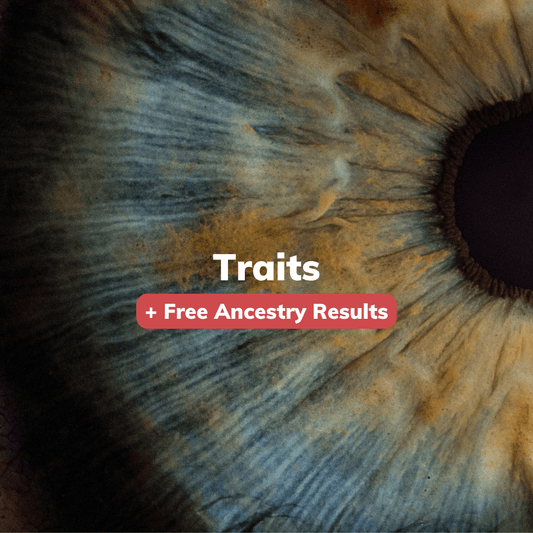
Freckles
Celine HaarhoffFreckles are small, flat, round spots on the skin that typically appear on the face, arms, and shoulders. They are caused by an excess of melanin, the pigment that gives color to the skin, hair, and eyes. Freckles are generally harmless.
Genetics plays a significant role in the development of freckles. People with fair skin, red or blond hair, and green or blue eyes are more likely to have freckles. It is estimated that up to 80% of people with freckles have a family history of the condition.
Freckles are more common in people of European descent but can also occur in people of other ethnic backgrounds. The number and size of freckles can vary greatly from person to person. Some people may have a few scattered freckles, while others may have many freckles covering large areas of their skin.
The risk of developing freckles is higher in people exposed to the sun frequently. Sun exposure can cause the melanin in the skin to become more concentrated, leading to the development of freckles. People who live in sunny climates or engage in outdoor activities are more likely to develop freckles than those who live in temperate climates and have a more sedentary lifestyle.
Freckles are generally uniform in color and shape and range in color from light tan to dark brown. They are typically smaller than a pencil eraser but can sometimes be larger. Freckles are not generally painful or itchy and do not cause any other symptoms.
Because freckles are more likely in people with fair skin, they are associated with an increased risk for sunburn and skin cancer due to excessive sun exposure.
If you are concerned about your risk of developing freckles, consider getting a genetic test. Genetic testing can identify specific gene mutations associated with an increased risk of developing freckles. This information can help you make informed decisions about skincare and sun protection habits.
There are several ways you can reduce your risk of developing freckles.
One of the most effective ways is to protect your skin from the sun. This can be done by wearing sunscreen with an SPF of at least 30, covering it up with clothing, and avoiding prolonged sun exposure. It is also important to regularly check your skin for new freckles and to see a dermatologist if you notice any changes.
In conclusion, freckles are small, flat, round skin spots caused by an excess of melanin. Genetics plays a significant role in developing freckles, and people with fair skin, red or blond hair, and green or blue eyes are likelier. Freckles are more common in people who are exposed to the sun frequently.


